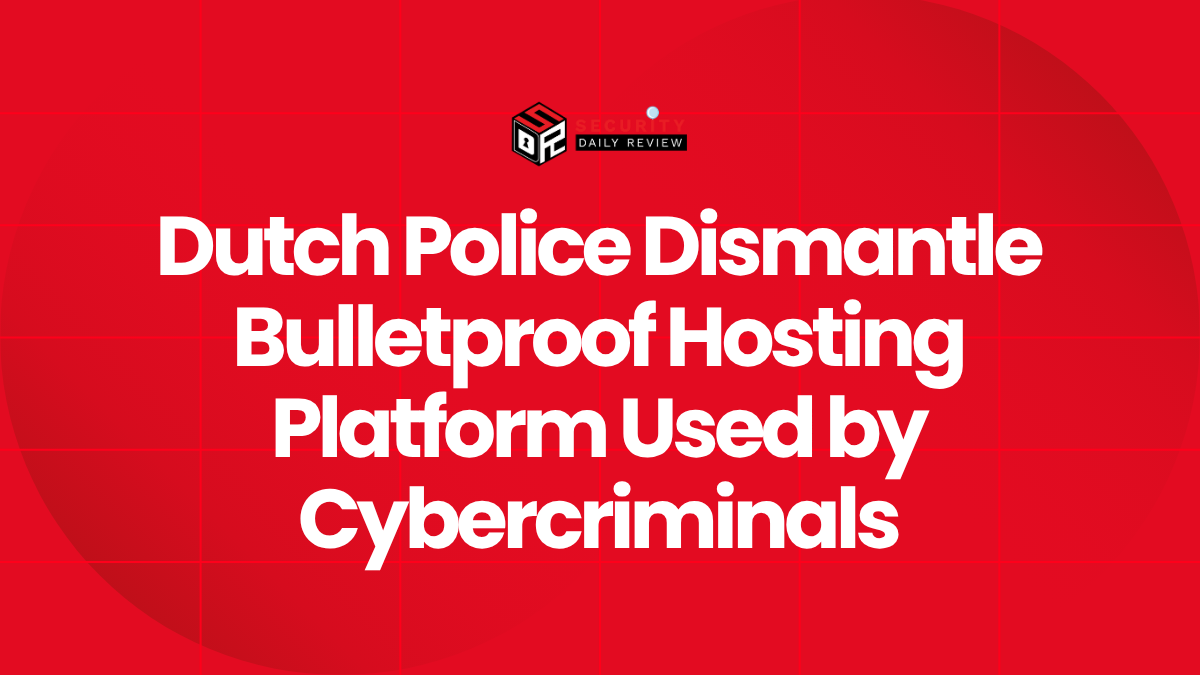The age-old adage “loose lips sink ships” has a new, digital twist in the modern era. According to findings from government auditors, U.S. Department of Defense (DoD) personnel may be inadvertently compromising operational security (OPSEC) by oversharing sensitive or classified details on social media platforms. The scrutiny comes amid growing concerns that outdated guidelines and insufficient controls are allowing information leaks that could expose vulnerabilities in national defense systems.
Digital Behavior by Defense Personnel May Be Creating Threat Vectors
The Defense Department’s long-standing focus on information security has traditionally centered on technical controls, encryption, and access management. However, recent audits highlight human behavior—specifically, unchecked social media activity—as an increasingly critical weakness in OPSEC posture.
Auditors Cite Lapses in Leadership Risk Assessments
A key finding from the audit is the observation that the DoD and its subcomponents have not sufficiently updated or enforced policies to reflect the evolving threat landscape introduced by pervasive digital communication tools. Leadership at several military branches failed to conduct risk assessments that adequately capture the impact of sensitive data leaking through public posts, friend networks, or location disclosures.
Particularly concerning is the sharing of:
- Deployment schedules
- Unit locations
- Mission-relevant images or videos
- Personal sentiments that could hint at morale or readiness
Auditors emphasized that such details, when aggregated, can offer adversaries valuable reconnaissance opportunities.
Operational Security Training and Guidance are Lacking
The review also found gaps in education and training regarding secure social media use. OPSEC training does not consistently address modern platforms such as TikTok, Instagram, or anonymous forums frequented by military personnel. Moreover, while some branches issue restricted-use guidelines, enforcement remains sporadic and inconsistent.
Inadequate guidance has left personnel vulnerable to social engineering attacks:
- Fake accounts targeting service members for intelligence gathering
- Phishing campaigns disguised as internal communication
- Identity harvesting via freely accessible social media profiles
In addition, automated tools used to monitor for policy violations or threats—such as sentiment analysis or geolocation trackers—are either underfunded or underutilized.
Mission Integrity Depends on Zero Trust in Online Spaces
With forces increasingly reliant on digital platforms for coordination and morale support, applying zero trust principles to online behavior is gaining prominence. The concept, central to cybersecurity architectures, suggests never assuming safety—even from internal actors or benign environments—without verification.
Recommendations Include Stricter Policy and Real-Time Monitoring
Auditors have recommended the following roadmap for improving operational security online:
- Update DoD-wide policies to treat social media sharing as a persistent risk vector.
- Implement mandatory training that reflects current social media usage patterns.
- Expand continuous monitoring programs to identify and mitigate leaks in real time.
- Designate social media liaisons or OPSEC officers in each major operational unit.
This approach mirrors strategies already used for insider threat detection and privileged access monitoring, adapting them to the unpredictable velocity of real-time digital discourse.
Defense Leadership Acknowledges the Challenge
In response to the audit’s conclusions, senior DoD officials acknowledged areas for improvement and confirmed that updated guidelines are under development. They also stressed the importance of maintaining morale and autonomy for service members, which must be balanced against the increasing sophistication of adversarial intelligence-gathering techniques.
“A tweet or image today could lead to a tactical compromise tomorrow,” one official commented under anonymity, reinforcing concern that inadvertent actions may have strategic consequences.
Social Media is Now a Security Frontline
The Pentagon’s exposure to operational threats through public digital behavior reflects a broader trend in information security—human error and poor digital hygiene continue to represent the weakest links in otherwise resilient systems. By recentering focus on education, visibility, and accountability across social platforms, the Department of Defense aims to curtail inadvertent threat vectors while preserving mission integrity.
Ultimately, safeguarding classified information demands a multidisciplinary approach—where behavioral controls complement technical defenses, and oversharing online is treated as seriously as password reuse or unpatched vulnerabilities.









